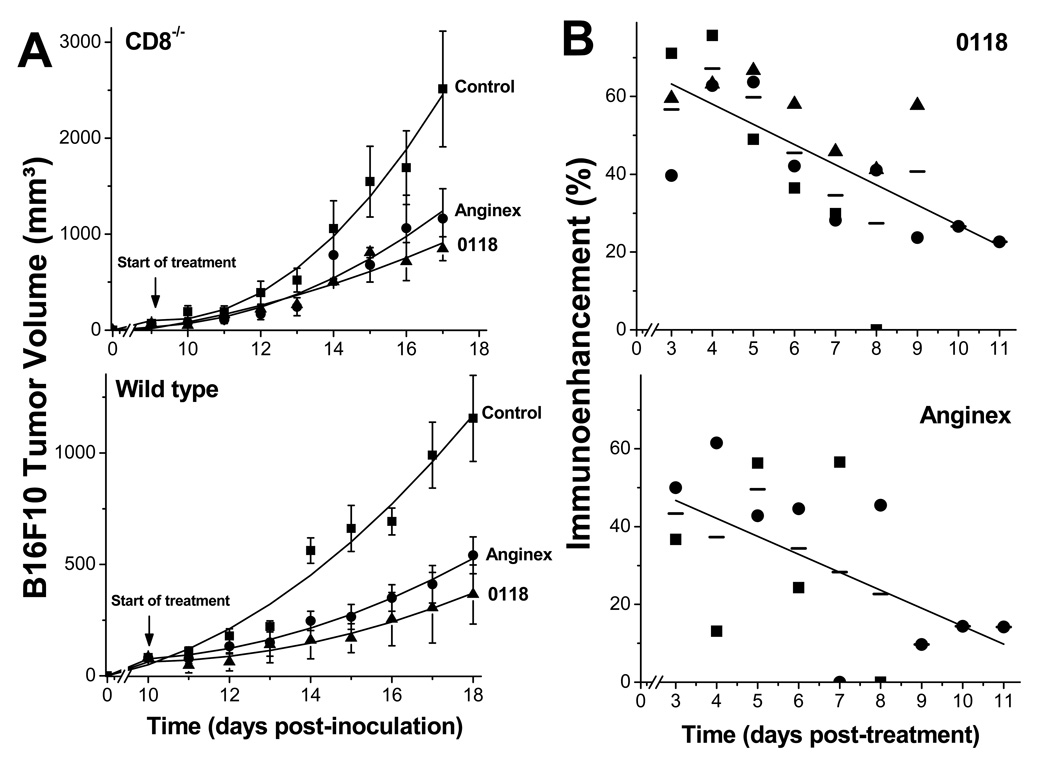Figure 5. Immuno-extravasation enhancement effect on B16F10 tumor growth.
(A) B16F10 tumor growth was monitored in CD8−/− and matched wild type mice treated with anginex or 0118 (both 10 mg/kg/day IP BID) compared to untreated control mice. Treatment was administered for eight days. Since tumors in null mice grew more rapidly than in wild type mice, angiostatic treatment was initiated on later days as indicated in the wild type mice, in order to run both cohorts in the study with size-matched tumors. Data are shown as the mean (± SEM) of 2 or 3 independent studies (n=12–27 per group) with polynomial trendline curve fitting. (B) Upper panel: 0118 induced immuno-extravasation enhancement effect on tumor growth is shown as function of time, for CD8−/− vs. wild type in the B16F10 model (■) and the LLC model (●), and CD4−/− vs. wild type in the B16F10 model (▲). The solid line represents the linear fit (R = 0.92) to all data (mean: (—)). Lower panel: Anginex induced immuno-extravasation enhancement effect on tumor growth is shown as function of time, for CD8−/− vs. wild type in the B16F10 model (■), and for CD8−/− vs. wild type in the LLC model (●). The solid line represents the linear fit (R = 0.90) to all data (mean: (—)). The effect from angiogenic therapy-induced immuno-extravasation enhancement effect on tumor growth was calculated by taking the daily fraction of tumor growth inhibition (i.e. the tumor size in anginex or 0118 treated mice divided by that in untreated mice) in null mice divided by the fraction of tumor growth inhibition in wild type mice. One minus this ratio times 100 yields the percent of immuno-enhancement as shown.

